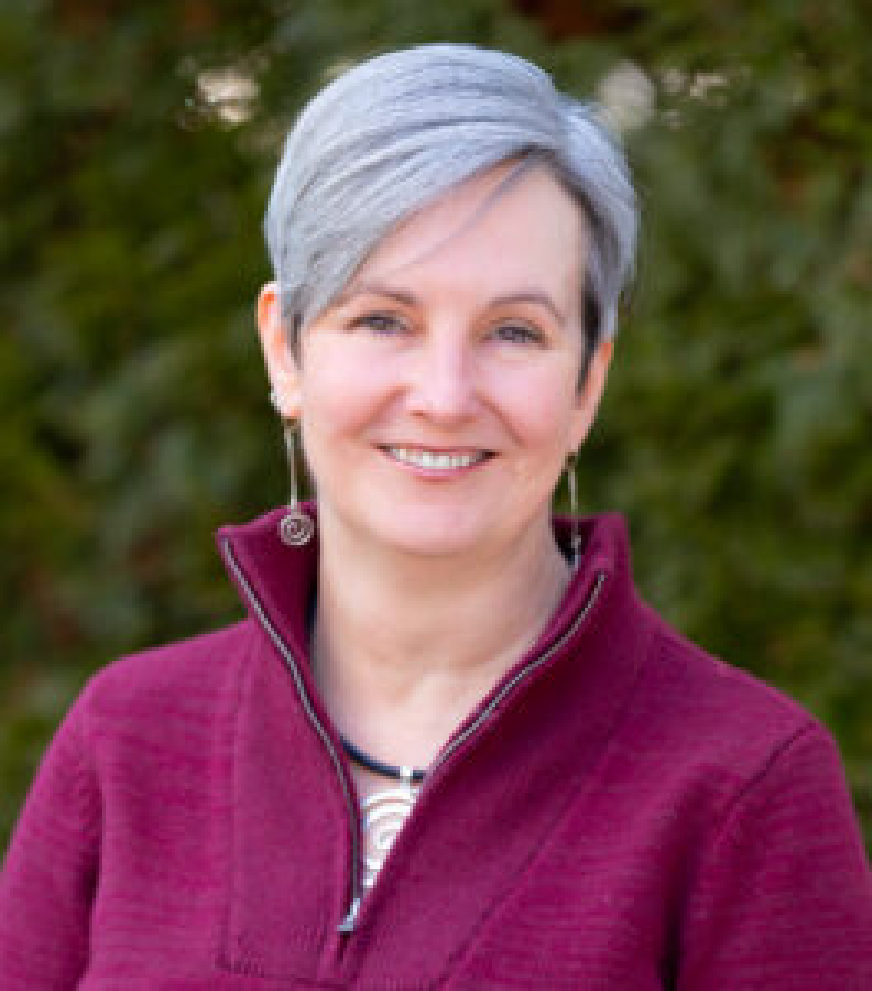
Redistributing Responsibility for Teachers’ Assessment Literacy
And how the lessons of subtraction can help
In the spirit of intellectual collegiality, I’d like to offer some constructive commentary to extend Scott Marion’s recent blog on assessment literacy. Consider this my “yes, AND” response, although I also have a few subtractions in my proposal.
First, the yes, ands:
YES, I agree that pre-service assessment literacy courses should not put “all the burden on teachers and leaders to learn what we [measurement professionals] know.”
AND yet there is a distinct body of knowledge and skills that teachers need to understand and use.
Pre-service teachers need to be exposed to this teacher-specific body of knowledge in their training and have meaningful ways to deepen their knowledge and practice as they grow as professionals. This body of assessment knowledge includes:
- Developing ambitious learning goals grounded in each content area’s important disciplinary ideas, relevant to students’ personal and community interests and experiences, that motivate students to engage in learning
- Incorporating assessment opportunities into teaching and learning to make learning visible so that both teachers and their students recognize how learning is progressing
- Making sense of the qualitative and quantitative evidence of student learning in the course of a lesson and responding to that information—in the moment or in a subsequent lesson—to help students build on and extend their current understandings to achieve the learning goals
Not a theta or a test information function in sight!
YES to this observation from Scott’s post: “We still have a long way to go to maximize the likelihood that educators and other users interpret student assessment information [from state and interim assessment score reports] appropriately and use it to make productive educational decisions.”
AND yet we need to acknowledge that those reports come along only a few times per year. This means that on nearly all days of the year, teachers will rely on classroom formative assessment practices and classroom summative assessments to guide instructional decision making. Improving interim and summative score reports isn’t a bad idea, but it’s a tiny drop in the bucket of better assessment literacy support for teachers.
Now let’s turn to my subtractions.
Scott used behavioral economics to frame his argument. I’m using the book Subtract: The Untapped Science of Less, by Leidy Klotz. Its central theme—when we humans try to improve things, we tend to add, rather than take away—challenges us to reflect on our work in assessment.
One example Klotz used has really stayed with me: the Strider bike (I know! It’s been a while since I’ve used a bike metaphor!).
For those unfamiliar, the Strider is a bike without pedals for very young children. Teaching children to ride a bike with training wheels does not help them learn to balance on two wheels. Strider bikes allow children to develop balance first. When they’re ready for a “big kid bike,” all they need is to learn to pedal. The Strider solution was to subtract pedals rather than add training wheels.
The Persistent Power of Addition
To be clear, I am NOT suggesting that we subtract assessment literacy from our expectations for teachers. But I acknowledge that I’m part of the problem. I’m guilty of proposing improvement by addition.
I co-authored a set of Classroom Assessment Standards in 2015 in which we identified 16 fairly pithy ideas about classroom formative and summative assessment. Earlier this year, I co-authored a chapter in the National Academy of Education’s volume, Reimagining Balanced Assessment Systems, in which Margaret Heritage and I provided 25 complex statements about assessment literacy knowledge and skills.
It is hard to resist adding to these assessment literacy expectations when we recognize the valuable insights from the learning sciences that help us understand more about how people learn and make connections across ideas, and from research that highlight the importance of students being able to see themselves, their families and communities reflected in their assessments. And so assessment literacy expectations grow as our understandings expand.
So how might subtraction help? Scott suggested that narrative descriptions in score reports, perhaps enhanced by artificial intelligence tools, can support teachers with interpretations of student assessment results.
I say YES to both of those, AND offer two additional approaches, based on the idea of subtracting from the expectations of what teachers should do as individuals and thinking instead about how the responsibilities of assessment literacy can be shared across a community of teachers and school leaders.
- Drop the expectation that teachers develop or modify curriculum and assessment resources on their own. Teachers need access to high quality curriculum that supports meaningful and adaptive classroom assessment practices (i.e., not a scripted curriculum). That means that district leaders in charge of purchasing curriculum resources need to be more critical consumers. They need to ask questions such as:
- Do the curriculum materials provide learning goals and success criteria (foundational for strong formative assessment practices) for teachers to share with students?
- Are those learning goals and success criteria based on research-based progressions of learning?
- Do the curriculum materials encourage ambitious teaching and learning such as rich, disciplinary-focused discourse, with frequent self- and peer-assessment opportunities?
- Are formative assessment strategies built into the materials with suggestions for how to respond to students? Do the summative assessments reflect ambitious teaching and learning?
- Are there guidelines in the curriculum materials that help teachers recognize and respond to common student misconceptions and partial understandings as they emerge in discussions or other informal assessment opportunities?
- Do the curriculum materials and assessments include suggestions for adapting them to reflect students’ communities, cultures and interests?
- Do the curriculum materials provide learning goals and success criteria (foundational for strong formative assessment practices) for teachers to share with students?
- Consider removing some of the expectations placed on individual teachers for the entire assessment enterprise and shifting those expectations to the school community as a whole.
In our chapter in Reimagining Balanced Assessment Systems, we suggest a variety of ways that teachers might get to know individual students and their families to inform the creation of culturally relevant assessments. While some of this work will absolutely fall on each teacher, other parts should be shared.
The creation of home surveys and the analysis of information, for instance, could be centralized at the school or district level, lowering the burden on individual teachers. Schools could create time and opportunities for teachers to collaboratively discuss how family and community information affects curriculum and assessment decisions across a grade level or department so that collective changes could be made. Individual teachers shouldn’t have to reinvent the assessment wheel in isolation.
The same mindset applies to other aspects of assessment: pooling teachers’ knowledge and skills to subtract the norm of teachers working in isolation, recognizing the need for structural changes to how teachers spend their time.
Finally, I want to come back to the Strider bike. Subtracting the pedals allows young children to develop balance. But pedals are added when children are developmentally ready.
The same is true for teachers. The supports and scaffolds offered by curriculum materials and school-wide initiatives remove some of the assessment design burden from individual teachers. As they become more expert, they in turn can help reduce the burden on the next generation of teachers.
